I was sent the FX-AUDIO- R07PLUS Headphone Amplifier just before AXPONA, so it has had a good bit of time to burn in, in fact, I have used it for two other reviews, which says a bit about how well it performs, especially considering that one of those reviews involved the HIFIMAN SUSVARA & HIFIMAN SUSVARA UNVIELED Headphones, which are famously hard to drive. When I used it for the Dan Clark Audio NOIRE XO Open Back Planar Magnetic Headphone, I did not realize that it was so inexpensive, as I had been using it for at least a week to burn in the Danacable Lazuli™ Voilà II Headphone Cable with the HIFIMAN SUSVARA without issue, but the R07PLUS’s close to 3 Watts of power output pretty much explains that.
The FX-AUDIO- R07PLUS Headphone Amplifier
The FX-AUDIO- R07PLUS Headphone Amplifier is incredibly compact, measuring a little over 3” wide, 5 ¼” tall, and 4 ¾” deep. It offers a fully balanced architecture with a four-pin XLR and 4.4mm TRRRS balanced outputs as well as a ¼” single-ended output, and XLR balanced and RCA single-ended inputs. You have two gain settings (high/Low) on the back as well as two impedance settings (high/low) for the RCA inputs for use with pro gear, which has higher output than consumer audio. According to the manual, it puts out 2700mW (2.7W) at 32Ω with less than 001% THD+N, with a noise floor of -122dB, which is mind-bogglingly unbelievable, much less for an amplifier that is less than $200.
Living with the FX-AUDIO- R07PLUS Headphone Amplifier
My first serious listening tests with the FX-AUDIO- R07PLUS Headphone Amplifier was using the Dan Clark Audio NOIRE XO Headphone which are denoted in that review, though more impressively was the performance of the R07PLUS with the HIFIMAN SUSVARA which was able to allow me to hear the subtle differences in resolution, tonality, and dynamics of different headphone cables.
So for this review I decided to use a selection of headphones including my reference headphone the Dan Clark Audio E3 Closed Back Planar Magnetic Headphone, for a couple of headphone priced closer to the R07PLUS I’ll be using the HIFIMAN DEVA PRO Open Back Planar Magnetic Headphone, the Dan Clark Audio AEON Flow Open-Open Back Planar Magnetic Headphone, and the Grado Prestige Series SR325x Open Air Dynamic Headphone, and for extreme testing I’ll use the Dan Clark Audio EXPANSE Open Back Planar Magnetic Headphone, and the Noble Audio Viking Ragnar In-Ear Monitors. For DAC, I used the Schiit Audio Gungnir II DAC, which will be the subject of an upcoming review, via the Balanced Outputs.

Queuing up Morcheeba’s new album “Escape The Chaos” (24-bit/96kHz – Qobuz), I was blown away by the tightness and extension of the sub-bass through the E3s with the R07PLUS in low gain at about half volume. The attack of the drumstick on the rim of the snare drum was crisp and musical. The vocal was honeyed and keyboards dynamic.
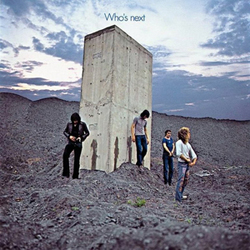
John Entwistle’s bass on “Getting In Tune” (“Who’s Next” – The Who – 24-bit/96kHz – Qobuz) deep and tuneful with sub-bass undertones that were just epic. Nicky Hopkins’ piano was natural Steinway in the distance off to the right in a massive hall, and Keith Moon’s drums were impactful and dynamic within an equally large soundstage center stage, giving the whole presentation more of a live feel than simple studio. The experience was so enjoyable that I found myself selecting other songs off the album just to listen. I switched from my Dan Clark Audio four-pin XLR VIVO Super-Premium Headphone Cable to my Sendy 4.4mm TRRRS cable to check out the 4.4mm output and listen to “The Song Is Over”. Nicky Hopkins was more dominant for this song, but the vast soundstage remained, and Keith Moon filled the room with sound. Listening to the live track “Naked Eye (Live At Young Vic, London/1971)”, the sense of space was overwhelming, though the recording was front row center.

For the HIFIMAN DEVA PRO via four-pin XLR and low gain, I chose Garbage’s new album “Let All That We Imagine Be The Light” (24-bit/96kHz – Qobuz), one-third volume was pushing the limit of the DEVA PRO, providing in-studio dynamics with a very intimate soundstage. The bass had strong authority, and the percussion had snap and impact. The vocal was realistic, passionate, and musical.

I decided to use the stock single ended Dan Clark Audio “Dummer” cable with the AEON Flows (which date back to MrSpeaker days) and even on low gain there was plenty of power to keep up with the extreme dynamics of Anna Lapwood’s pipe organ from her album “Firedove” (24-bit/48kHz – Qobuz). The sound was a bit dark, but she seems to lean towards the lower registers. The vast distance between the listener and the individual pipes in the huge Nidaros Cathedral in Trondiheim, Norway. Switching to the balanced Sendy cable, the soundstage and dynamics grew, and the noise floor was such that you could hear the AC running in the background.
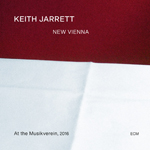
Next up was the Grado Prestige Series SR325x for which I picked “New Vienna (Live)” (24-bit/48kHz – Qobuz) by Keith Jarrett. The piano had a rich baritone Baldwin tone about ten feet from the listener in a large auditorium. Quarter volume in low gain via single-ended was concert-level volumes. The attack of the piano keys was exemplary, which was ideal for the fast-paced chord chord-heavy performance, allowing you to discern the individual notes easily. Again, the extreme noise floor allowed for fantastic dynamics and incredible detail.
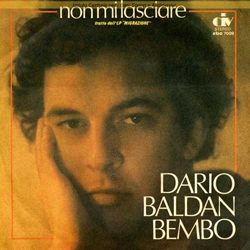
It was time to take a serious look at tonal balance and timbre, which meant it was time for the Dan Clark Audio EXPANSE and Dario Baldan Bembo’s “Non Mi Lasciare” (16-bit/44.1kHz – Qobuz), and the sub-bass was jaw-dropping. The piano was rich and natural, and the soundstage was cavernous.

I switched to high gain for Robert Shaw and the Atlanta Symphony Orchestra’s rendition of Stravinsky’s “The Firebird Suite” (“Stravinsky: The Firebird; Borodin: Music from Prince Igor” – 16-bit/44.1kHz – Qobuz). The image was solid with pinpoint placement of the musicians, the timbre of the individual instruments was excellent, and the resonance of the massive hall was palpable.

As a final test, I connected my Noble Audio Viking Ragnar via the 4.4mm balanced output in high gain and turned the volume all the way up and was able to find the noise floor which became inaudible at about three quarters volume, in low gain I had dead silence for the full run of the volume control. Putting on The Bobs’ performance of “Psycho Killer” (“Sing The Songs Of” – 16-bit/44.1kHz – Qobuz), quarter volume is what I would call loud live performance volumes, on third was the limit of my ability to listen, you could easily picture the a cappella singers on a stage about ten feet away in a huge theatre.
Conclusions on the FX-AUDIO- R07PLUS Headphone Amplifier
Simply put, a $200 amplifier should not sound this good, headphone agnostic, with enough go juice to run just about any headphone, a mind bogglingly low noise floor, extreme dynamic range, fantastic resolution, excellent timbre and imaging, while the FX-AUDIO- R07PLUS Headphone Amplifier is not exactly warm or boomy in the bottom end like so many inexpensive amps and headphones it does feel like it has a bit of a bump under 100Hz, which is not a bad thing, especially if you are an open-back headphone fan and given most music that has information in this range is usually meant to give you thump or resonance I don’t see anyone having a problem with that.
Not only did the R07PLUS work well with every headphone I threw at it, it also excelled with every genre of music played through it. If there is any negative side to the R07PLUS it is that you will have to spend about three times as much for a DAC that will bring out its full capabilities as it is designed to run balanced, and there is certainly an advantage to doing so (note: FX-AUDIO- does offer a matching DAC, the FX-AUDIO- DS07 DAC/Preamplifier for the same price, I have not listened to it). Even when driving super sensitive IEMs, balanced operation gave you a little more resolution and dynamics.
While the R07PLUS gave excellent performance with the SUSVARA, I think the ideal headphone would be something more in the realm of the DIVA PRO or the SR325x as this is really meant to be a budget reference product, while the FX-AUDIO- R07PLUS Headphone Amplifier won’t displace my beloved Schiit VALI 2++ as my favorite amplifier being I am a massive tube fanatic, I can see this little amplifier will get a lot of use in the future, especially for burning in headphones, but also as my entry level reference solid state amplifier. Congrats, FX-AUDIO- and Vera-Fi Audio (for making it available), I am more than willing to offer a solid recommendation, two thumbs up.
Price: $199
Manufacturer’s Website: https://verafiaudiollc.com/products/fx-audio-r07-plus-headphone-amplifier
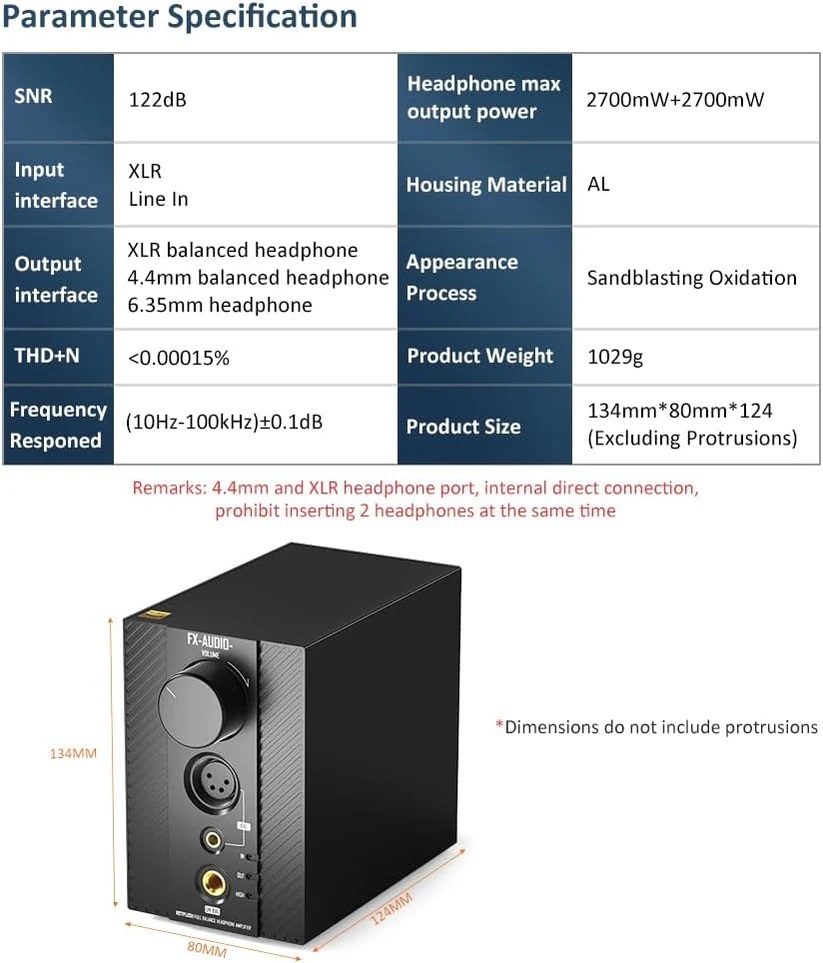

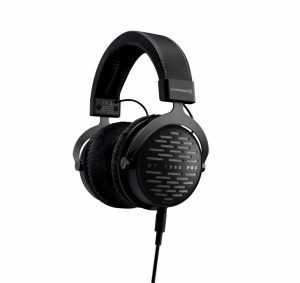
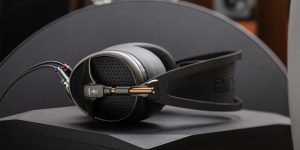

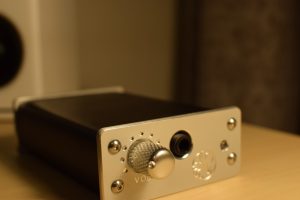
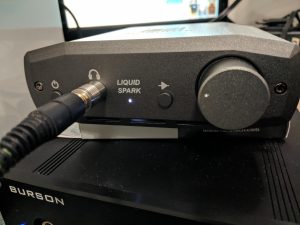
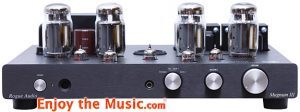

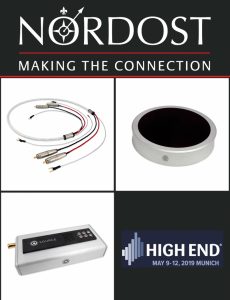
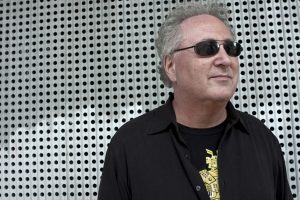


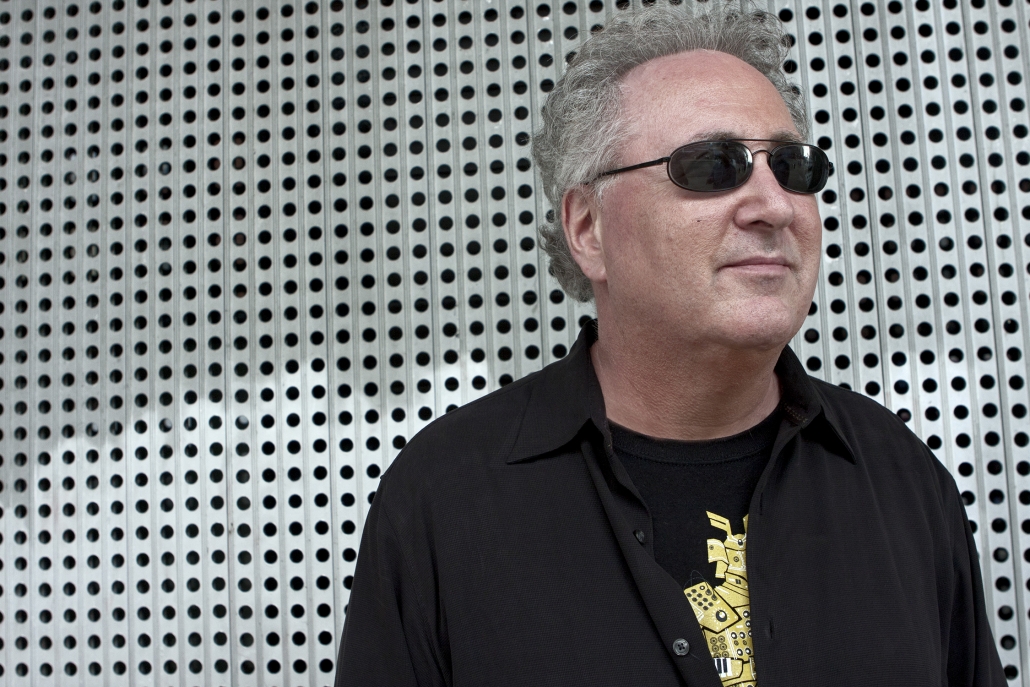


Want to join discussion?
Feel free to contribute!